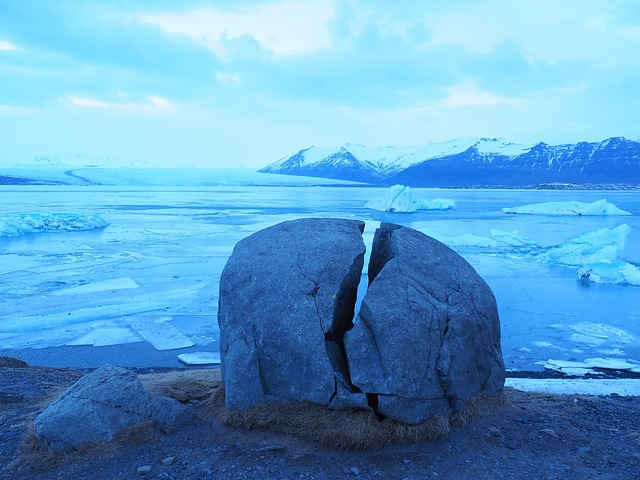The dialogue surrounding renewable energy has taken center stage as the world grapples with the stark realities of climate change. Each year, glacial regions face catastrophic melting, a direct consequence of rising global temperatures. The melting glaciers serve as a poignant reminder of the urgent need to shift towards sustainable energy sources.
In recent years, the call for renewable energy has become louder, fueled by alarming reports of erratic weather patterns and rising sea levels exacerbated by climate change. The alarming rate at which glaciers are vanishing is not just a statistic; it is a harsh indicator of our planet’s health. Artic and Antarctic ice sheets are retreating at unprecedented rates, contributing to rising ocean levels, threatening coastal habitats, and altering global weather systems.
Embracing renewable energy such as solar, wind, and hydropower is crucial in addressing this pressing issue. These clean energy sources emit significantly fewer greenhouse gases compared to fossil fuels, thereby helping to mitigate the effects of climate change. Transitioning to renewable energy represents not only a strategic environmental initiative but also an opportunity for economic growth and job creation.
Moreover, the implementation of renewable energy solutions can lead to immediate positive impacts on local ecosystems. By reducing our dependency on fossil fuels, we can lessen air pollution, which in turn safeguards the health of our communities and protects our natural landscapes from further degradation. Renewable energy fosters a cleaner environment, allowing flora and fauna to thrive and ensuring that the natural beauty of our planet remains intact for future generations.
The emotional impact of watching glaciers melt is undeniable. It is not just about the loss of ice; it is about the fading memories of majestic landscapes that once defined our world. In the face of this slow extinction, renewable energy emerges as a beacon of hope. It empowers individuals to take actionable steps in their daily lives, encouraging a collective responsibility towards the environment. Transitioning to renewable energy isn’t merely a choice—it’s a necessity for survival.
Moreover, the technology driving the renewable energy sector is rapidly evolving. Innovations in energy storage and conversion are making it increasingly feasible to harness these natural resources efficiently. As we invest in upgrading our infrastructure, we are simultaneously committing to a cleaner, more sustainable future. The power of the wind, the sun, and water can rejuvenate not just our energy grid but our planet as well.
Ultimately, the impact of renewable energy transcends mere carbon footprints; it encompasses the fundamental right to a healthy and enduring environment. By prioritizing these energy sources, we can collectively work towards reversing the damage done to our glaciers and ecosystems. Every step we take towards embracing renewable energy serves as a powerful testament to our commitment to protect this planet we call home.



